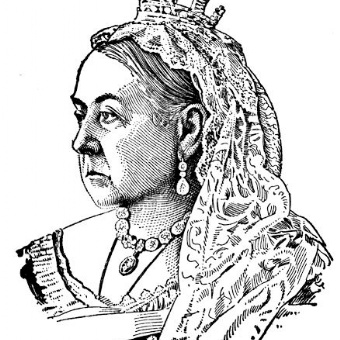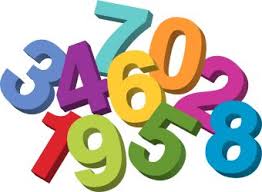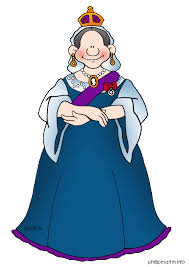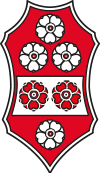Tuesday 2nd February

Daily plans for Tuesday 2nd February 2021
*REMEMBER YOUR CHALLENGE AND TO DIP INTO YOUR ‘MY FAMOUS VICTORIAN’ PROJECT. Please remember to send me any work that you do not have answer sheets for. I would particularly like to see RE, Science predictions and evaluations and any independent writing that you have done. Thank you.
MORNING
 Maths
Maths
You will need a ruler. Please work through the White Rose Learning Video using the link vimeo.com/477523195 called Measure Perimeter. Please have a piece of paper and a pen or pencil to jot down your answers and working out. Remember to pause the video when you need to do calculations and give yourself plenty of time. Also remember that the answers are always given by the person who is presenting the videos. I have also uploaded the White Rose worksheet and answers to accompany the Learning Video. If you feel very confident I have also uploaded Classroom Secrets power point slides entitled Measuring Perimeter and some Varied Fluency worksheets with answers. These are tricky so please start with the easiest first and work your way through them!
 Live Session: Tuesday 2nd February- 10:30am- ‘What to do on a walk’
Live Session: Tuesday 2nd February- 10:30am- ‘What to do on a walk’
FSC | Primary Nature Live | What to do on a walk - YouTube This is a live session provided by the Field Studies Council. Please join us on their YouTube channel to take part in this session. I have attached the resources that accompany this session to today’s blog post.
 English
English
1. The writing task this week will be to level up and improve your draft that you wrote last week about the Victorian workhouse. Please rewrite your draft and make sure not only that you have included factual information and a description of the setting (what the workhouse looked like) but also that you have described your emotions and feelings you experienced during your time in the workhouse before you escaped. Your checklist is:
1. Have you included expanded noun phrases? (used one or two adjectives to describe a noun)
2. Make sure your handwriting is neat and your letters are correctly joined. Please see below as a reminder of how to form and join your letters.
3. Have you used any modal verbs to show degrees of possibility? For example, should, could, would, might, may, definitely, probably.
4. Have you used conjunctions? For example, however, nevertheless, despite, although, also, besides.
5. Have you used any fronted adverbials at the beginning of your sentences? These are words or phrases at the beginning of a sentence which are used to describe the action that follows. For example, As soon as I could, Suddenly, Unfortunately, Nervously, Positively trembling with fear, Anxiously, Frantically, In the blink of an eye, As quick as a flash, Completely exhausted, Everywhere I looked.
6. Have you included any relative clauses that begin with a relative pronoun. For example, who, whoever, whom, whomever, that, which, when, whatever, whose.
7. Remember to use not only full stops, capital letters and commas but also speech marks and different words for ‘said’, exclamation marks and question marks.
If you have not finished your draft yet I have included again what you have to do below:
I want you to do some preparation work before you start your writing activity on Thursday. Today I would like you to reread chapters 4 and 5 and jot down using bullet points any facts about life in the workhouse. For example, the inmates washed with freezing cold water and families were separated. The second thing I would like you to do is watch 3 BBC Bite Size video clips about the workhouse and again jot down any facts. Here are the links:
Workhouses and children’s homes in Victorian times https://www.bbc.co.uk/programmes/p011t0t5
The typical diet of a workhouse child: https://www.bbc.co.uk/programmes/p011spj3
Life in a workhouse: https://www.bbc.co.uk/programmes/p011m3yg
2. For your ‘Talk for Writing’ activity please complete pages 7 and 8 ‘Wizard Words’ and ‘The Wizard Word Game’. Finally, write your own spell using your made up words!
AFTERNOON
 Reading
Reading
Please remember to read independently for 40 minutes! For your 30 minute Guided Reading Session I would like you to read Chapters 8 and 9 with your grown up as a paired reading activity. Take turns and talk about any tricky words that you find and what you think they may mean, looking carefully at the sentence they are in.
 PE
PE
For your PE session today that you can do at home I would like to watch and work through Lesson 5 ‘Balloon Blasting’. The link is https://www.youtube.com/watch?v=IvySZYSZFNY&feature=emb_logo
Then click on #This is PE just below the screen on the left hand side. You will then see the selection of lessons come up. Click on Lesson 5 ‘Balloon Blasting’.
 Topic
Topic
1. This week in Topic we are learning about Victorian inventions. Please read through the slides I have uploaded and jot down important and interesting facts. After this, please complete worksheet 3C (the answers are on Worksheet 3B). For worksheet 3C cut out the dates with the written inventions and make a timeline, putting them in chronological order.
2. As an ongoing activity I would like you to work on your own project. Do a little bit of research about famous Victorians and choose one that you would like to study in more depth. This project will last for the term. Include illustrations and pictures. You can either type or handwrite your project. Dip into it when you have finished an activity and have some time.
